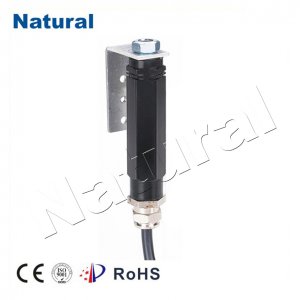文章:

In industrial settings, safety is paramount. Especially in hazardous areas where the risk of explosions or fires is a constant concern, every piece of equipment must meet strict safety standards. Among these essential devices are Hazardous Area Thermostats, which play a critical role in maintaining temperature control while mitigating the risk of ignition. In this article, we will explore the world of Hazardous Area Thermostats, their significance, and how they contribute to safe operations. Understanding Hazardous Areas Hazardous areas, often found in industries like petrochemical, pharmaceutical, and manufacturing, are classified into zones based on the potential presence of flammable gases or dust. These zones require specialized equipment to minimize the risk of ignition and subsequent catastrophic events. The Role of Hazardous Area Thermostats Hazardous Area Thermostats are specifically designed to operate safely in these hazardous environments. Their primary function is to control temperature within a defined range by regulating the heating or cooling systems. This prevents overheating or freezing, which can lead to dangerous situations. Key Features of Hazardous Area Thermostats Explosion-Proof Enclosures: These thermostats are encased in explosion-proof enclosures, preventing sparks or excessive heat from escaping and igniting the surrounding atmosphere. Temperature Sensing: They are equipped with precise temperature sensors that constantly monitor the environment. If the temperature exceeds safe levels, the thermostat can shut down the heating or cooling system. Robust Construction: Hazardous Area Thermostats are built to withstand harsh conditions, including extreme temperatures, humidity, and corrosive chemicals. Certifications: They undergo rigorous testing and certification processes to ensure they meet safety standards and regulations for hazardous areas. Remote Monitoring: Some models feature remote monitoring capabilities, allowing operators to check temperature levels and make adjustments without physically entering the hazardous area. Applications of Hazardous Area Thermostats Oil and Gas Industry: In oil refineries and natural gas processing plants, these thermostats are used to maintain the temperature of pipelines, tanks, and equipment to prevent the risk of explosions. Chemical Manufacturing: Hazardous Area Thermostats help regulate the temperature of reactors and storage vessels, ensuring the safe production and storage of chemicals. Pharmaceuticals: In pharmaceutical manufacturing, maintaining precise temperature control is crucial for the production of medicines and vaccines, making these thermostats indispensable. Food Processing: In food processing plants, these thermostats help maintain the temperature of storage areas and equipment to ensure food safety. Safety First Safety in hazardous areas should always be a top priority. Hazardous Area Thermostats are just one piece of the puzzle, but they are a crucial one. By ensuring temperature control without the risk of ignition, these thermostats help protect lives, assets, and the environment. Conclusion In hazardous areas, the importance of Hazardous Area Thermostats cannot be overstated. These specialized devices are designed to provide precise temperature control without compromising safety. Whether in the oil and gas industry, pharmaceuticals, or any other sector operating in hazardous environments, these thermostats are essential for maintaining a secure and productive operation. Investing in quality Hazardous Area Thermostats is not just a matter of compliance; it’s a matter of protecting people and assets in the most challenging industrial environments.